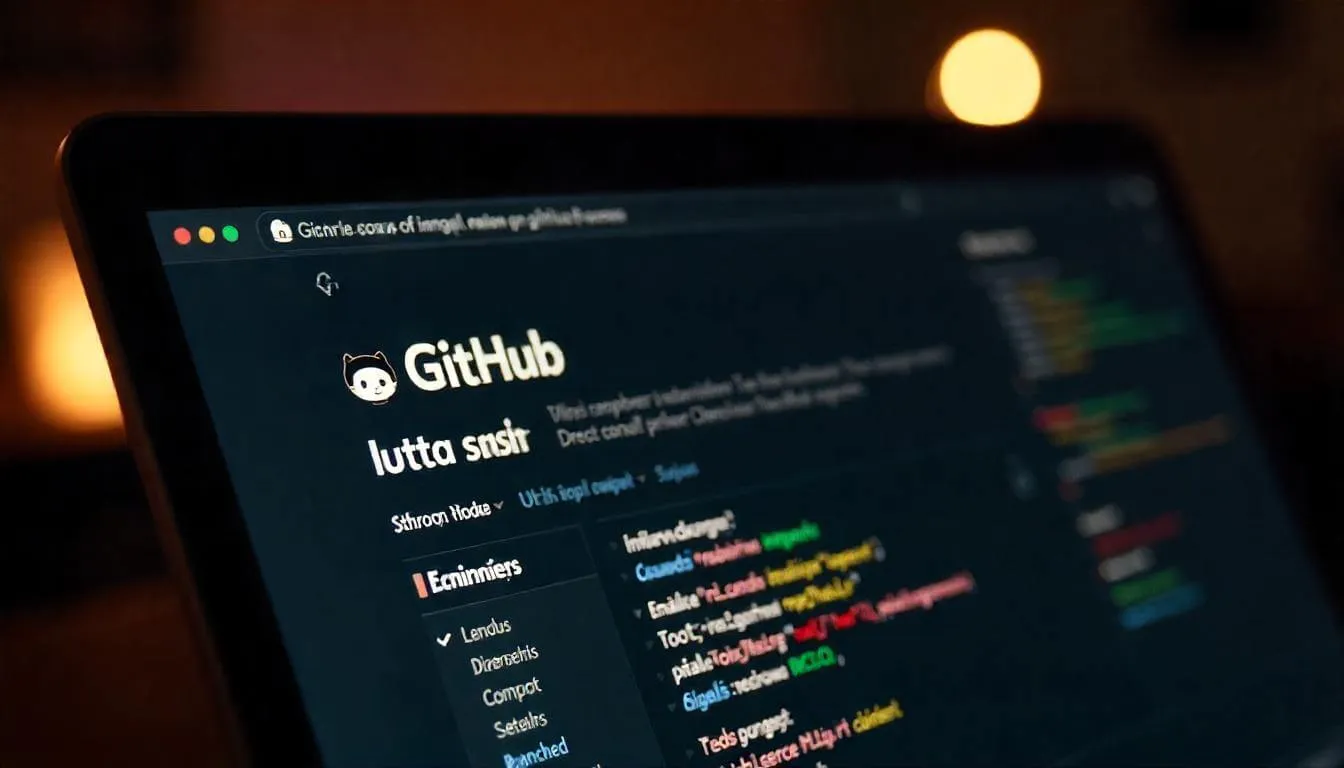Version Control for E-commerce Teams: A Guide to Using Git and GitHub.

In an e-commerce team, many people work on different aspects of a website: developers, designers, content creators, and marketers. Keeping everyone’s work organized and up-to-date can be challenging. Version control helps manage this by tracking every change made to the files and code for a project. This guide will help you understand version control and show you how to use Git and GitHub to keep your e-commerce team organized and efficient.
Why Version Control Is Important for E-commerce Teams
Version control allows teams to collaborate effectively without overwriting each other’s work. Here’s why it’s especially useful for e-commerce teams:
Easy Tracking:You can track every change, see who made it, and even go back to an older version if something breaks.Team Collaboration:Multiple team members can work on different parts of the project without conflicts.Backup:GitHub keeps a copy of the project’s history, so if something goes wrong, you can restore files.Experimentation:Version control lets you create “branches” where you can try out new ideas without affecting the main project.
In short, version control helps teams stay organized, secure, and more creative.
Getting Started with Git and GitHub
Git is a tool that tracks changes in files. GitHub is a platform where you can store your Git projects online and collaborate with others. Here’s a step-by-step guide on how e-commerce team members can start using Git and GitHub.
Step 1: Set Up Git and GitHub
-
Create a GitHub Account Go to GitHub’s website and sign up for a free account. Once you sign up, you’ll be able to create repositories (places where you store project files) and collaborate with your team.
-
Install Git Git is a tool you’ll need on your computer. You can download it from Git’s website. Follow the installation instructions for your operating system.
-
Configure Git Once Git is installed, open a terminal (or command prompt) and run these commands to set up your name and email for Git:
1
2
git config --global user.name "Your Name"
git config --global user.email "your.email@example.com"
These settings help Git keep track of who is making changes.
Step 2: Create a New Repository on GitHub
A repository (or “repo”) is like a folder that contains all the files for your project.

-
Log in to GitHub: After logging in, click the New button to create a new repository.
-
Name Your Repository: Give your repository a descriptive name, like
ecommerce-website. Add a description to explain the purpose of the repo (e.g., “This is the code for our e-commerce website”). -
Choose Repository Settings: Select Public if you want anyone to see the repo or Private if you want to keep it restricted to your team. Check “Add a README file.” This file is a good place to describe the project, and it will be the first file in your repository.
-
Click Create: Once you create the repo, GitHub will take you to its main page.
Step 3: Clone the Repository to Your Computer
Now you’ll need to copy, or “clone,” the GitHub repo to your computer.
-
Copy the Repo Link: On your GitHub repository’s page, click the green Code button, and copy the HTTPS link.
-
Open Your Terminal: Go to your terminal or command prompt, and use this command to clone the repository (replace the link with your copied link):
1
git clone https://github.com/username/ecommerce-website.git
This creates a folder on your computer with the same files as on GitHub.
Step 4: Make Changes to Your Files
Now you can start working on your project! For example, a designer might edit a CSS file, or a content creator might add new product descriptions. After making changes, you need to “commit” them to record these updates in Git.
- Open the Folder: Open the project folder created by git clone.
- Edit Files: Use any text editor (e.g., Visual Studio Code, Notepad) to make changes to the files.
- Save the Files: Once you finish editing, save the files.
Step 5: Commit and Push Changes to GitHub
After editing files, you need to “commit” (save a version of the change) and “push” (send it to GitHub).
- Stage the Changes: In your terminal, go to the project folder and use this command to tell Git which files to include:
1
git add .
- Commit the Changes: Commit the changes with a message describing what you did:
1
git commit -m "Updated product descriptions"
- Push to GitHub: Send your changes to GitHub:
1
git push origin main
Your changes are now saved in your GitHub repository, where your team members can see them.
Step 6: Collaborate with Your Team
GitHub offers features to help teams work together effectively.

- Branches: Use branches to work on new ideas without changing the main project. For example, you could create a new-design branch to test a new layout.
- Pull Requests: After working on a branch, you can open a pull request on GitHub. A pull request lets team members review your work before adding it to the main project.
- Code Reviews: Team members can leave comments on pull requests to give feedback, discuss ideas, or suggest changes.
- Merge Changes: Once the team approves a pull request, you can merge it, which means adding the changes to the main project.
Step 7: Track Issues and Progress
GitHub also has tools for tracking tasks, bugs, and new features.
- Issues: Create issues for tasks, bugs, or improvements (e.g., “Update homepage banner” or “Fix product image loading”).
- Labels: Use labels like “design,” “content,” or “urgent” to categorize issues.
- Assign Tasks: Assign issues to specific team members, so everyone knows who is responsible for what.
Conclusion
Git and GitHub help e-commerce teams stay organized, keep track of every change, and collaborate without conflicts. Here’s a quick recap:
- Git helps track changes and version control on your computer.
- GitHub provides a shared space online to store, review, and manage the project.
- Version Control ensures that team members don’t overwrite each other’s work and can collaborate effectively.
With these tools, even non-developers can manage changes and work smoothly on e-commerce projects. Happy versioning!